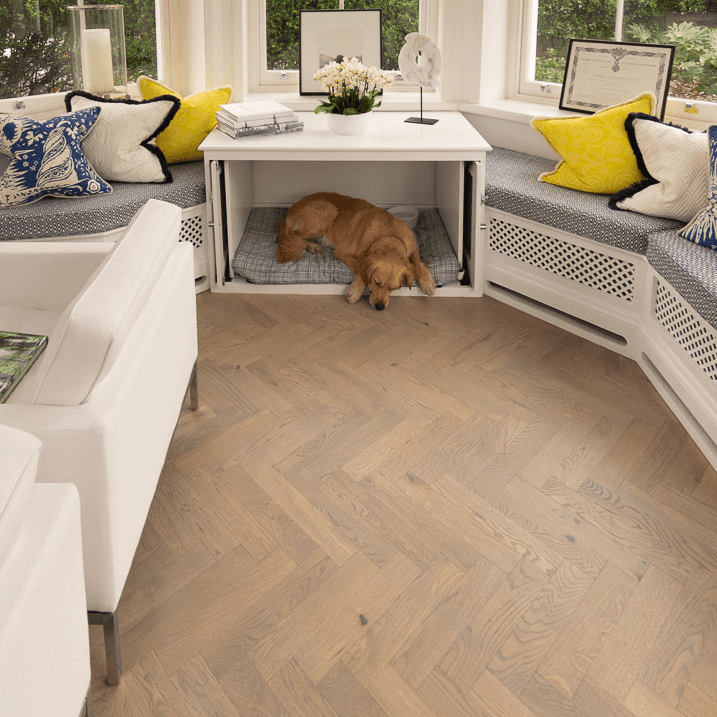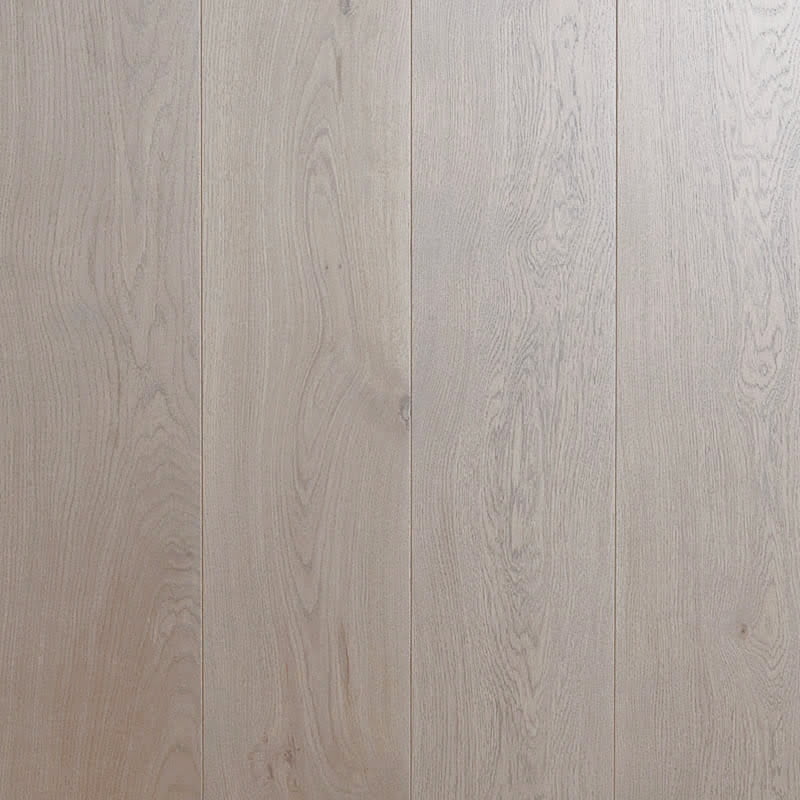What is tongue and groove wood flooring?

Tongue and groove joints have been used to join wooden floorboards together since the end of the 19th Century. Tongue and groove is a traditional fitting system which has continually improved over the years; modern tongue and groove joints allow you to fit floorboards together securely, precisely, and efficiently. These days, most engineered wood flooring is produced with tongue and groove profiles machined into each board.
How does it work?
Tongue and groove joints prevent vertical movement to keep the planks level with one another; they will also stop them from pulling too far away from each other and leaving unwanted gaps. The precise milling of tongue and groove joints into planks allows them to fit firmly together, whilst remaining flexible. The joints allow for minor shrinkage and expansion, which occurs naturally with wood flooring.

What does end-matched mean?
If you’ve looked into wood flooring options, you may have come across the term ‘end-matched’. This simply means that tongue and groove profiles have been milled into the ends of the planks as well as the sides.
Most wood flooring is now end-matched and side-matched because it reduces wastage and makes it quicker to install. Tongue and groove joints make fitting a lot more efficient, especially with large areas of patterned flooring, such as herringbone. Also, planks with tongue and groove joints locking them together on all four edges will create a very stable and durable floor.

Each plank has two edges (one long, one short) with a protruding tongue and two edges (one long, one short) with a recessed groove. The tongues fit tightly into the grooves. They allow you to slot the boards together quickly and neatly to create beautiful, elegant wood flooring.
If you want to lay your wood flooring directly onto joists, planks that are end-matched will enable you to lay them with their end joints meeting in between a joist. In this situation, the ability to ‘float’ joints between joists is a distinct advantage; since you don’t need to cut each board’s end to make sure it falls onto a joist, there is less wastage than you would get with plain end flooring.

Fitting tongue and groove wood flooring
Depending on the subfloor you fit onto, engineered tongue and groove wood flooring can be fitted in a variety of ways: secret nailing or screwing at a 45° angle through the tongue, fully bonding to the subfloor using a flexible adhesive, or side and end gluing the joints to float the floor over an underlay.
It’s worth noting that different flooring manufacturers have slightly different tongue and groove profiles. Floorboards from two different suppliers might not be fully compatible, even if the boards are the same depth.
